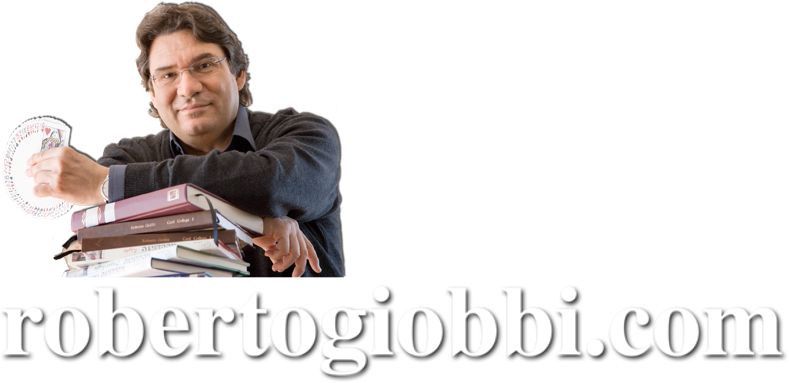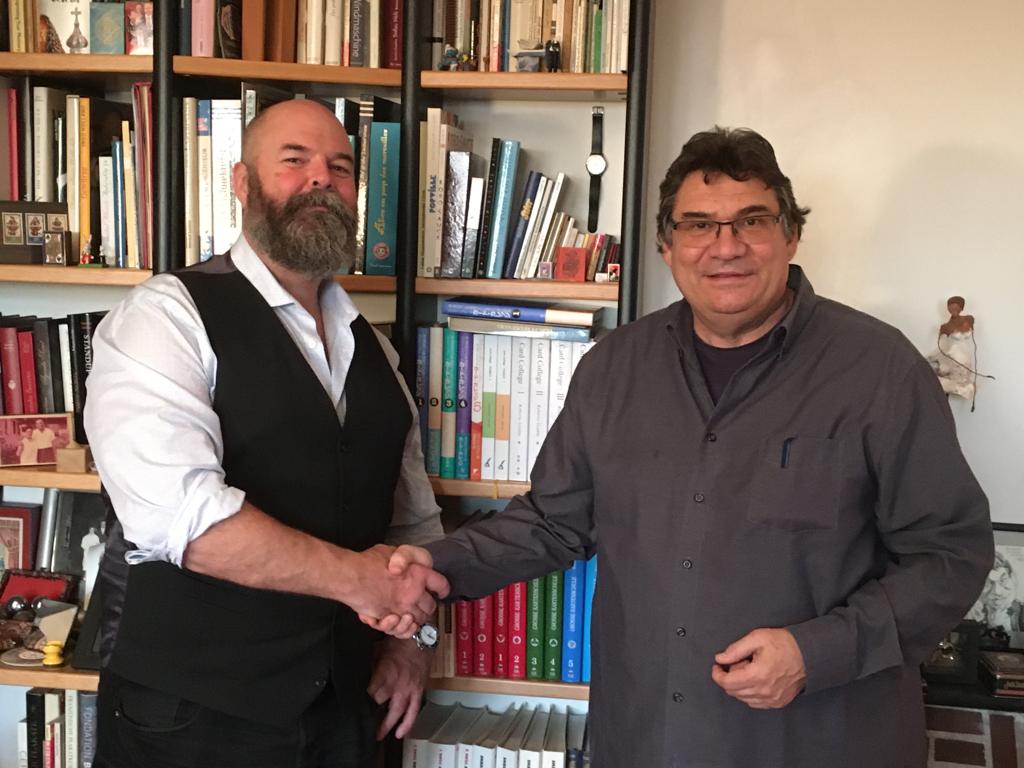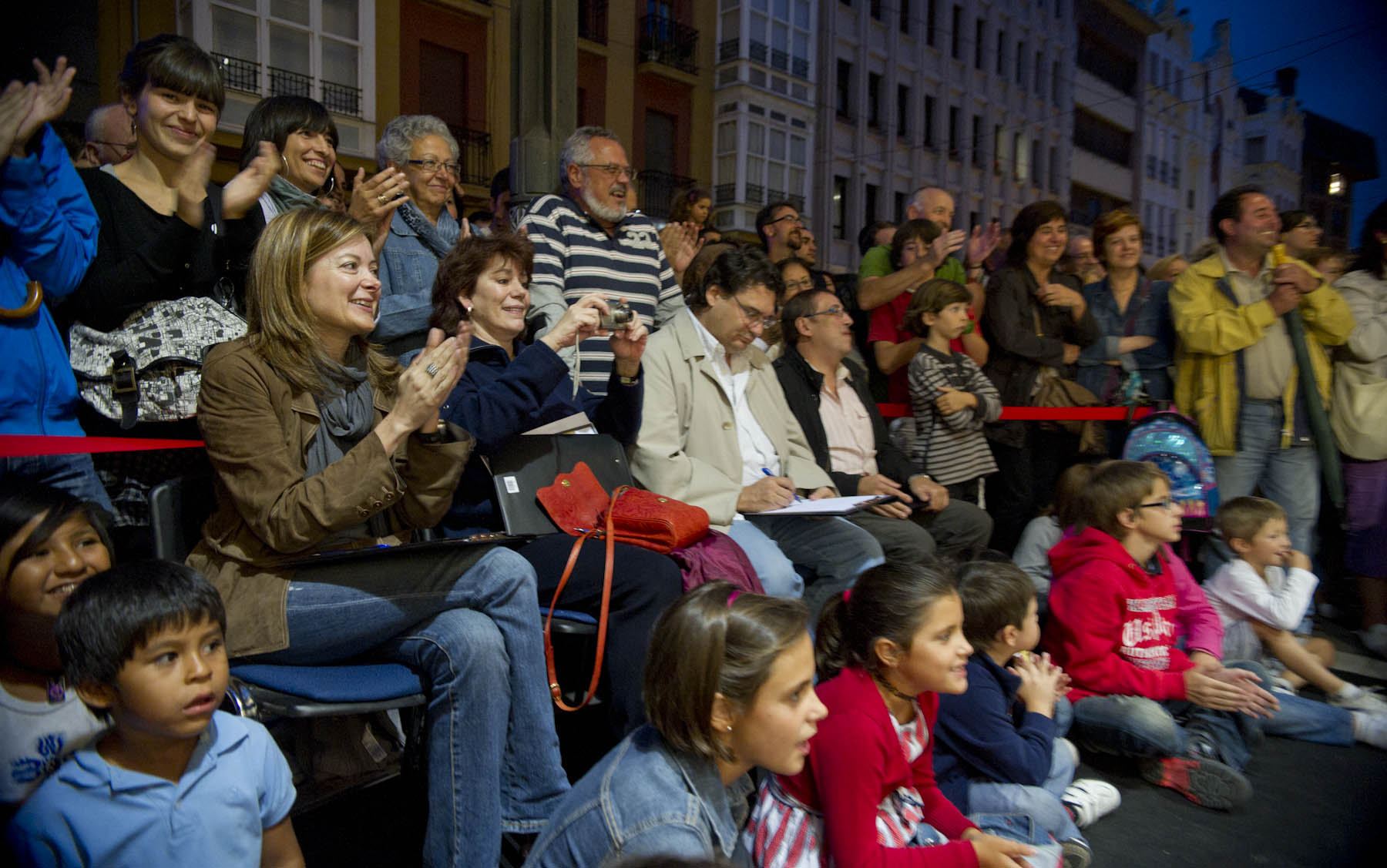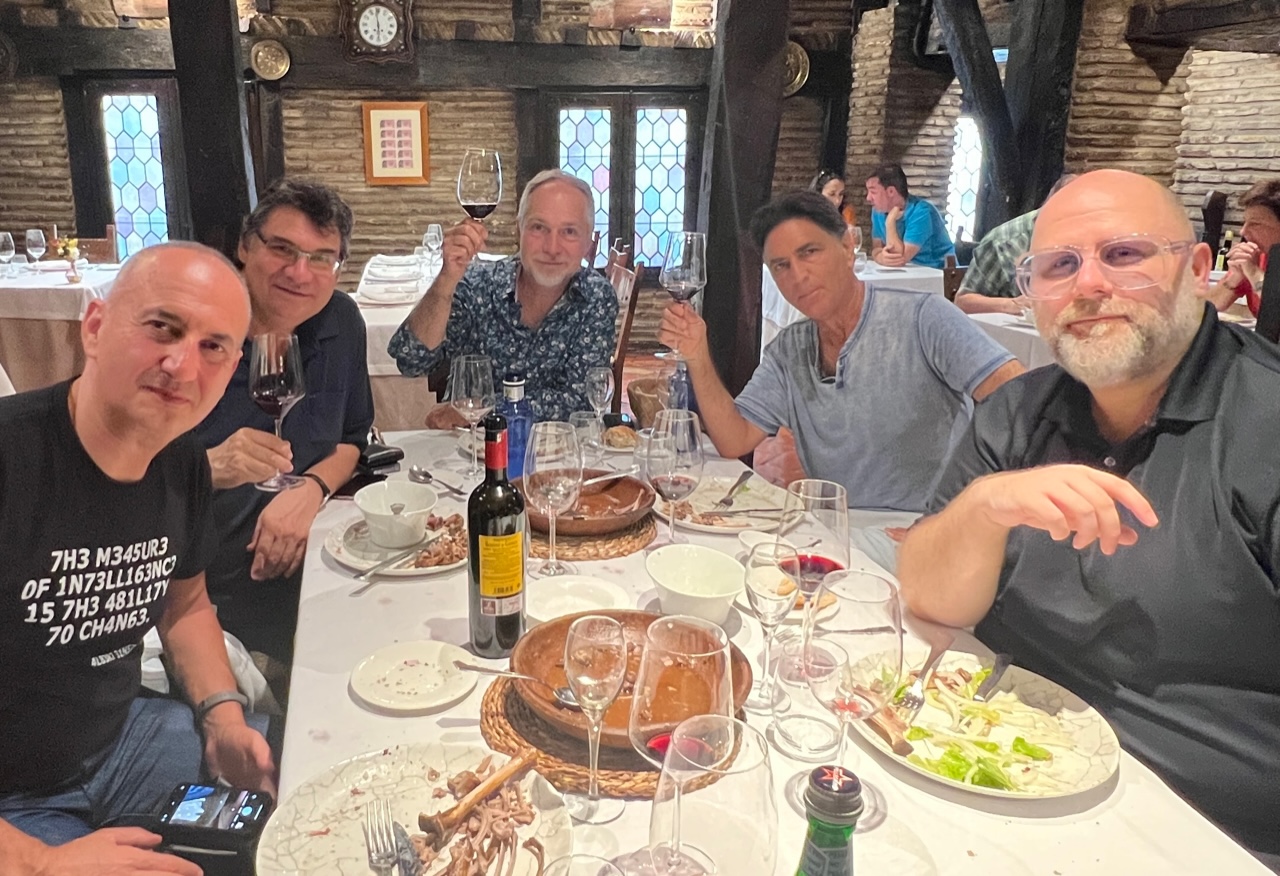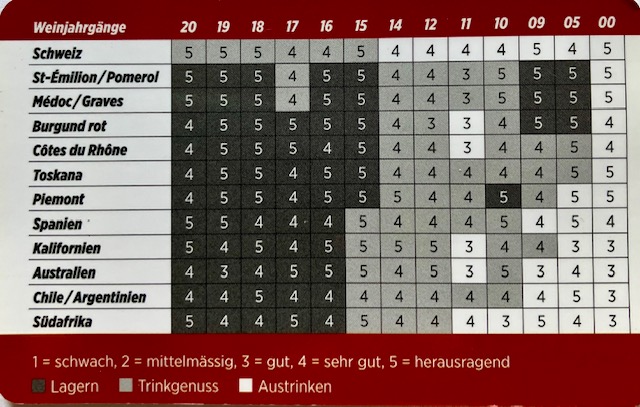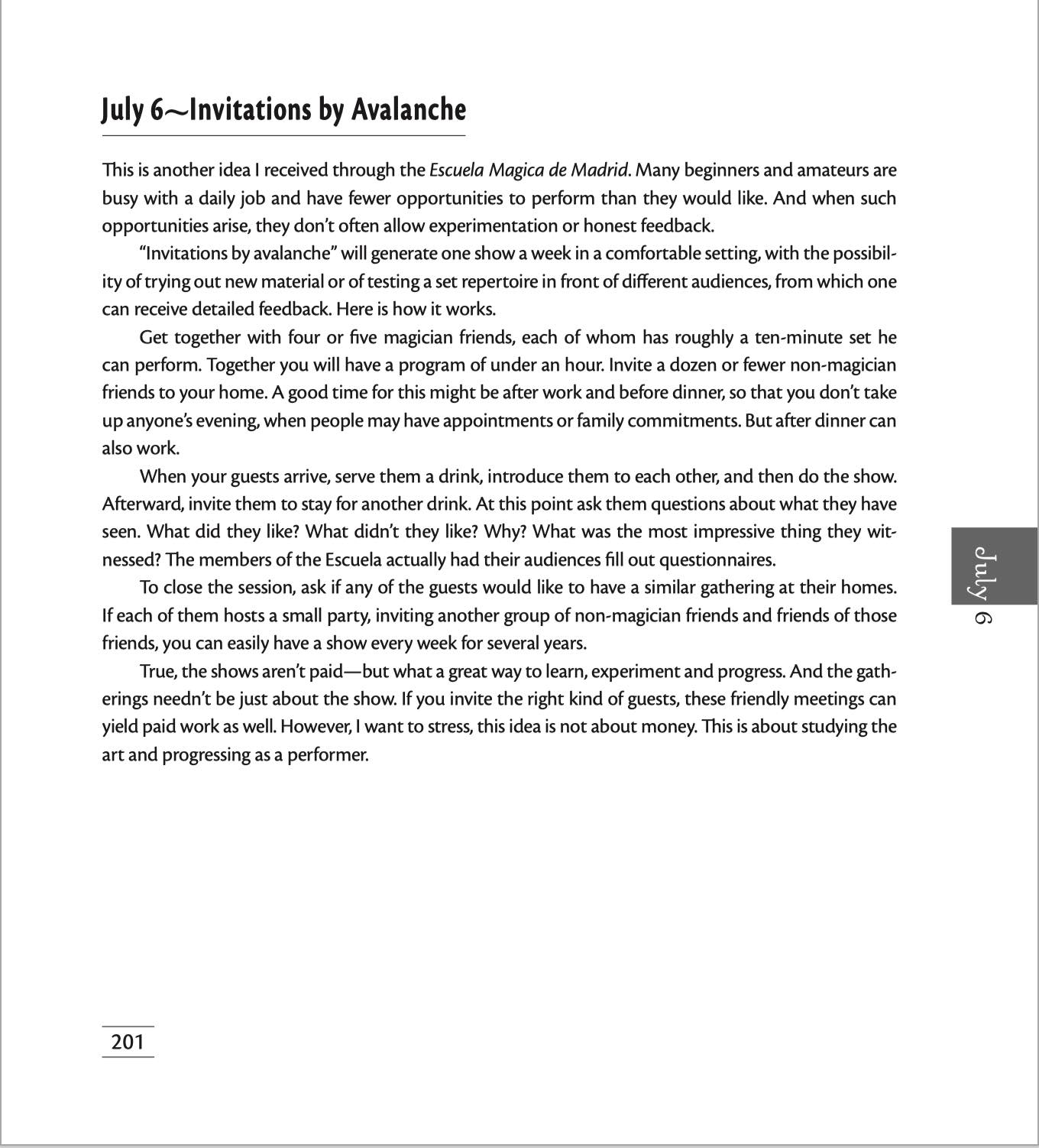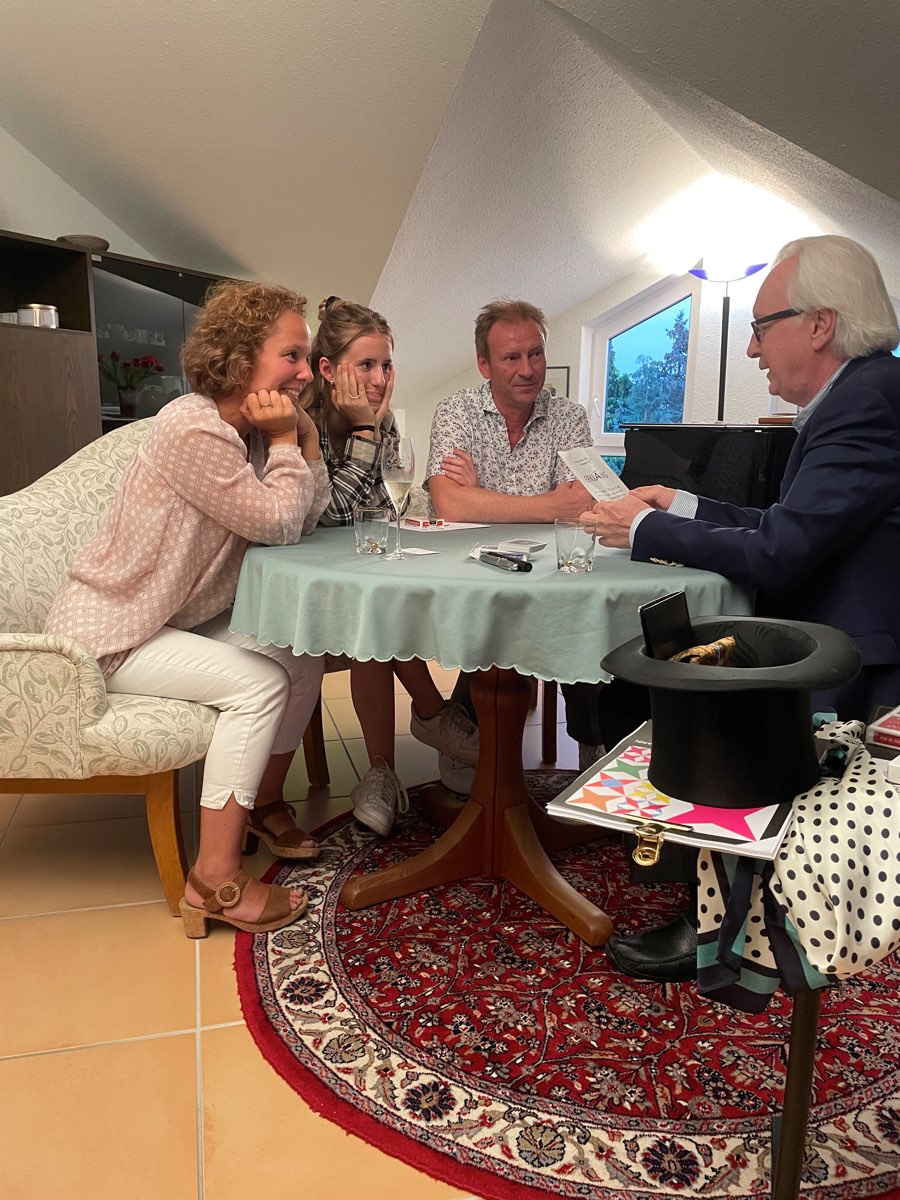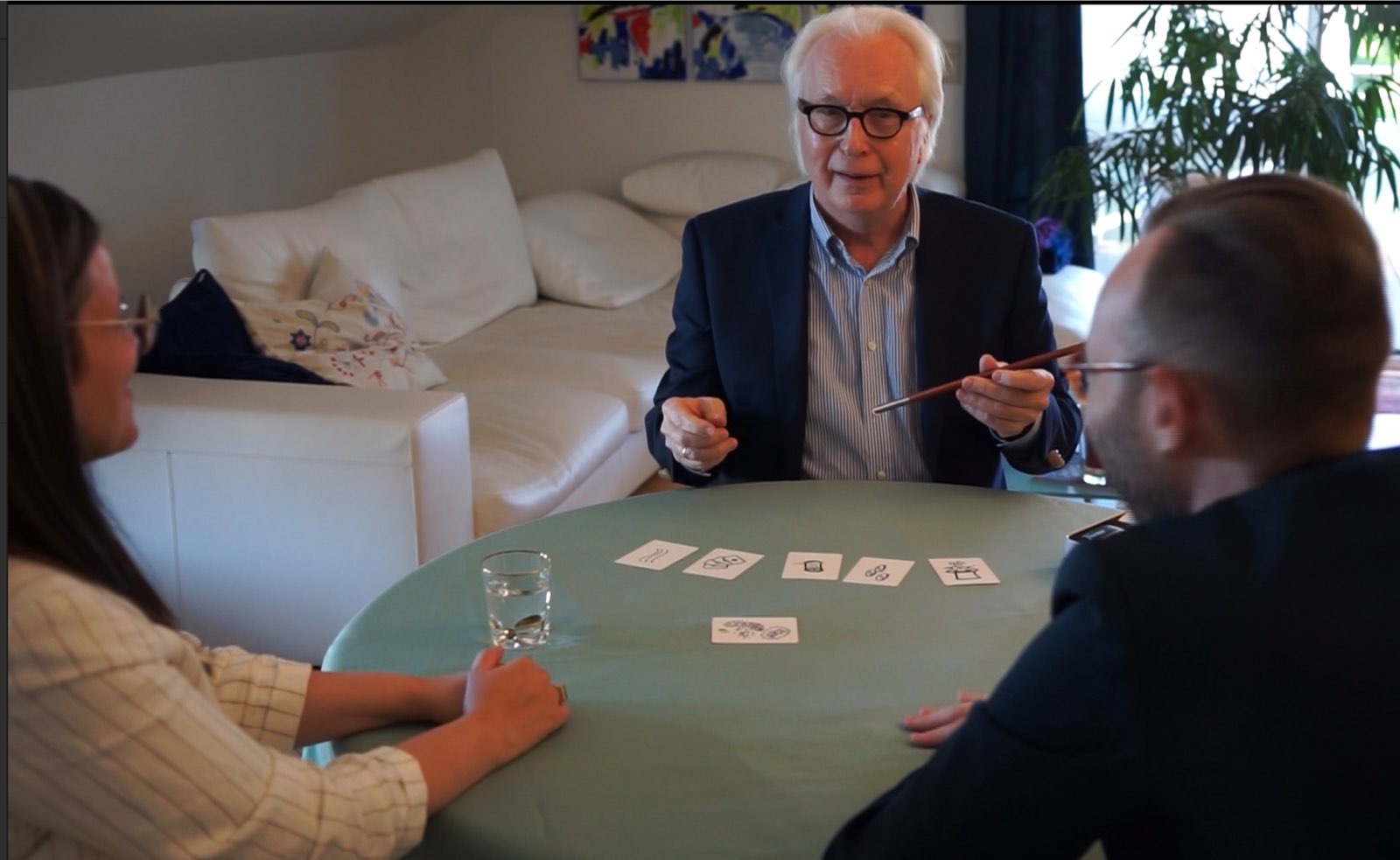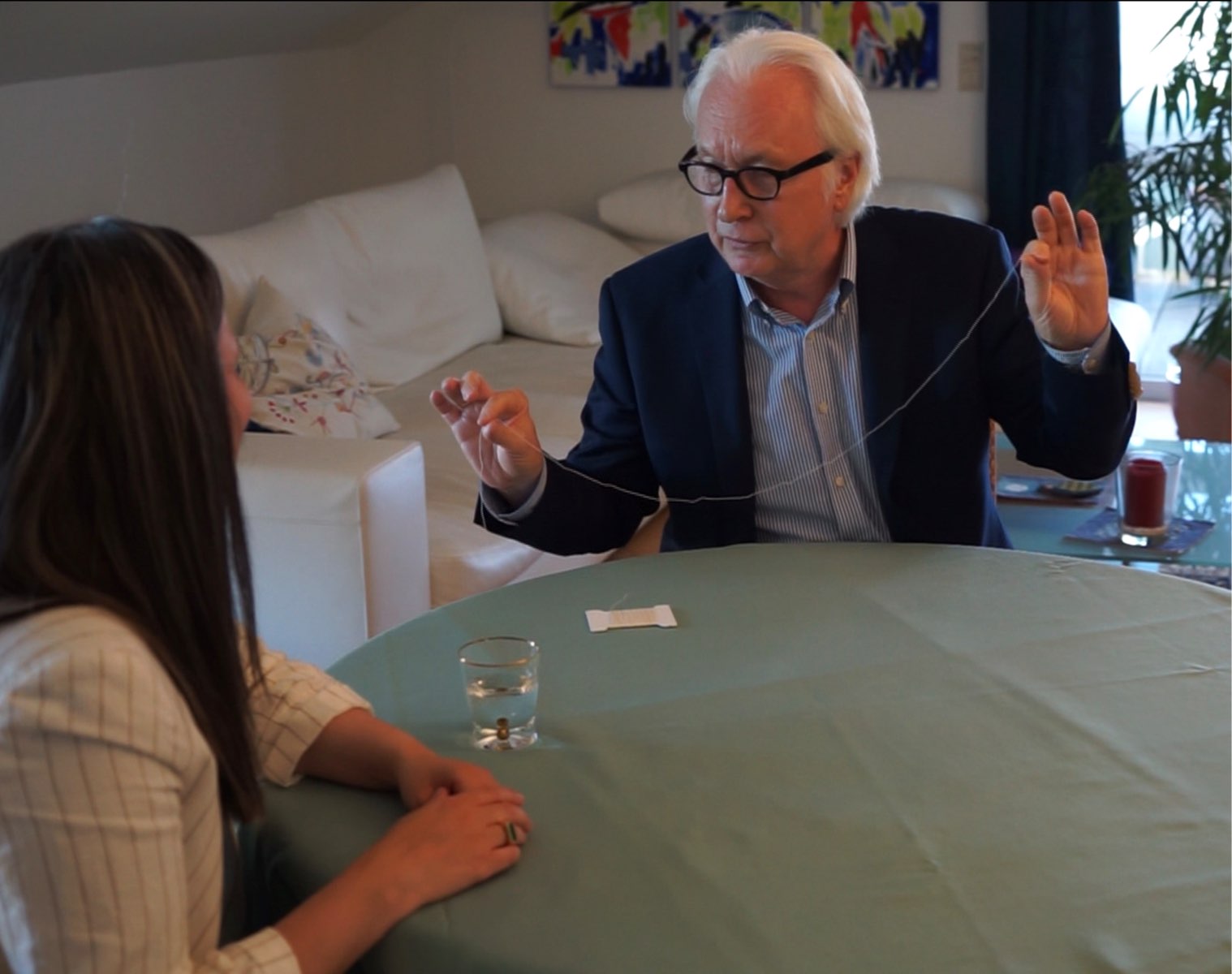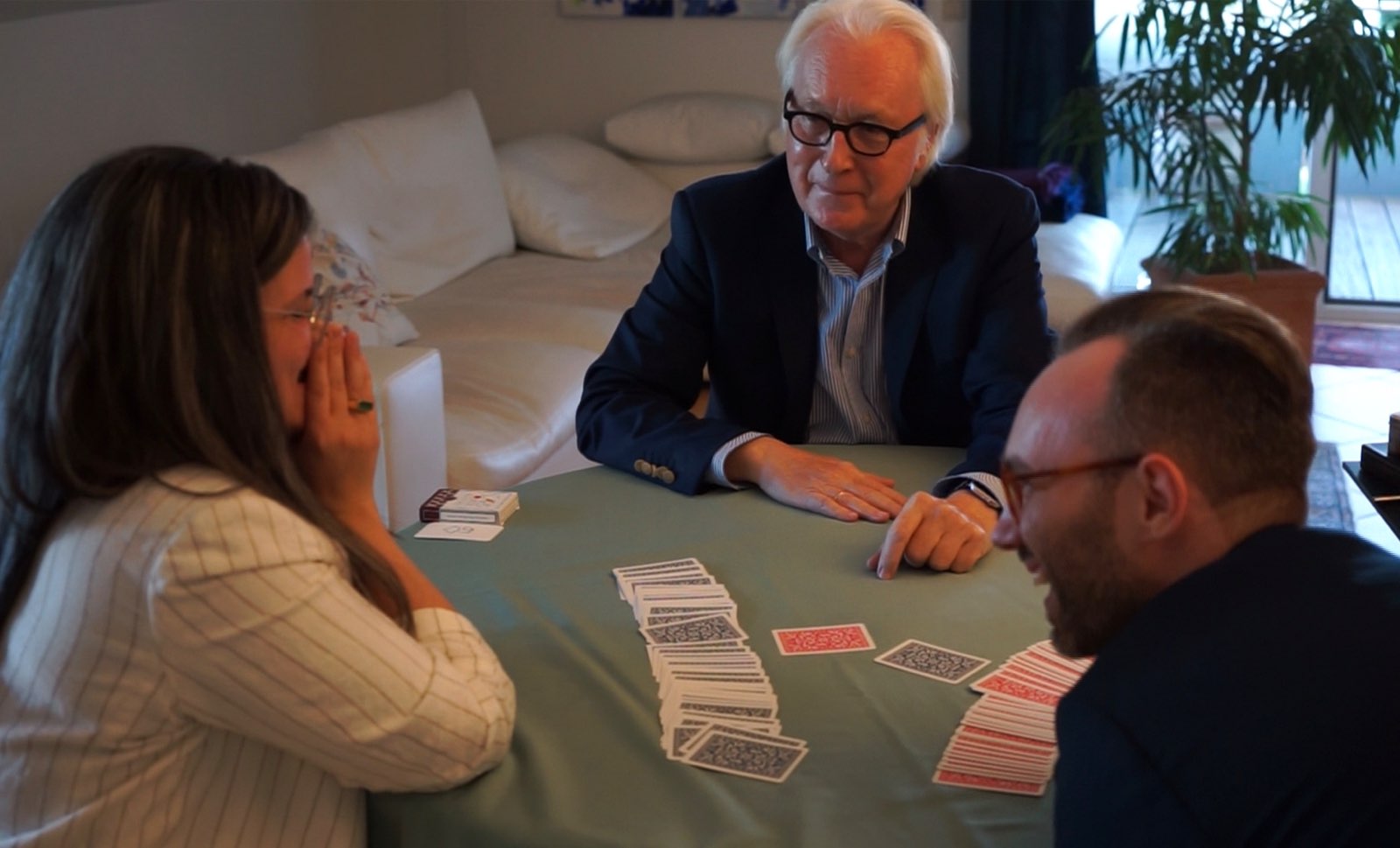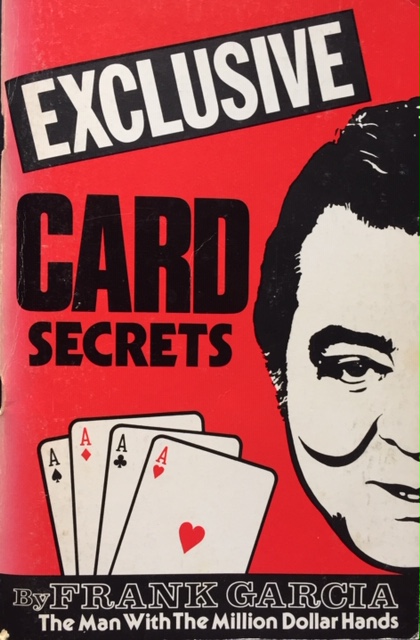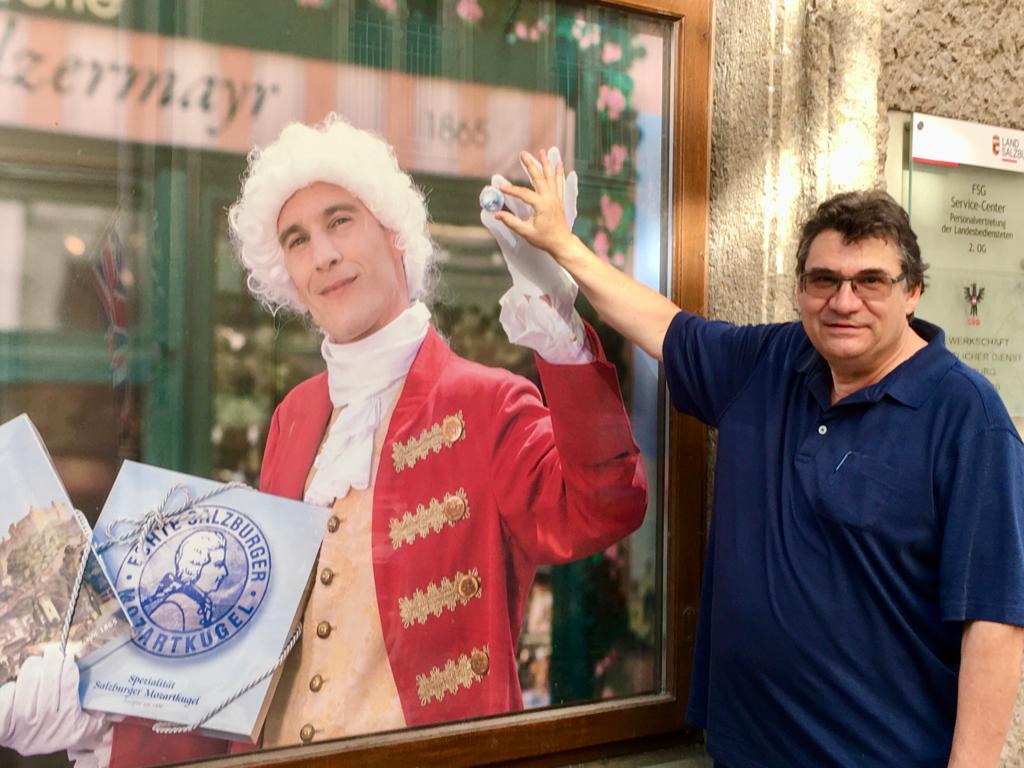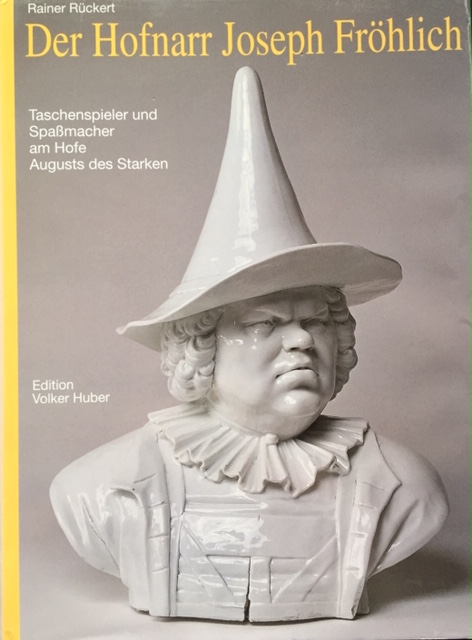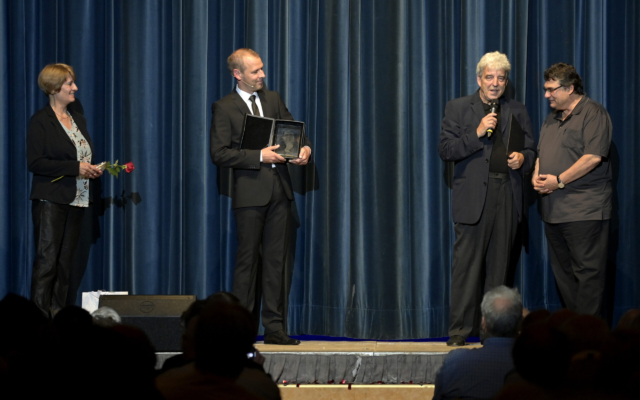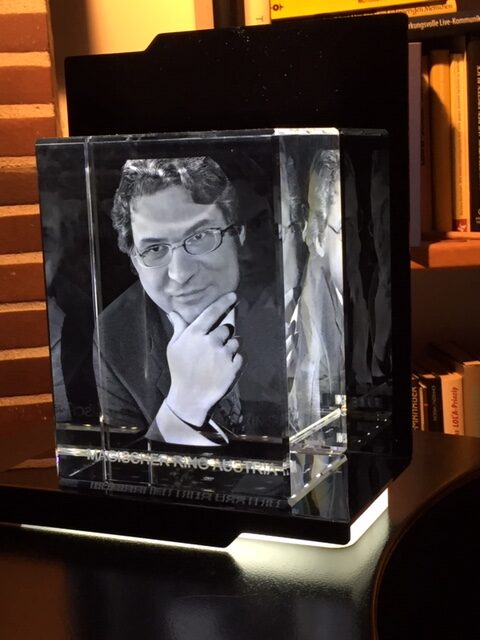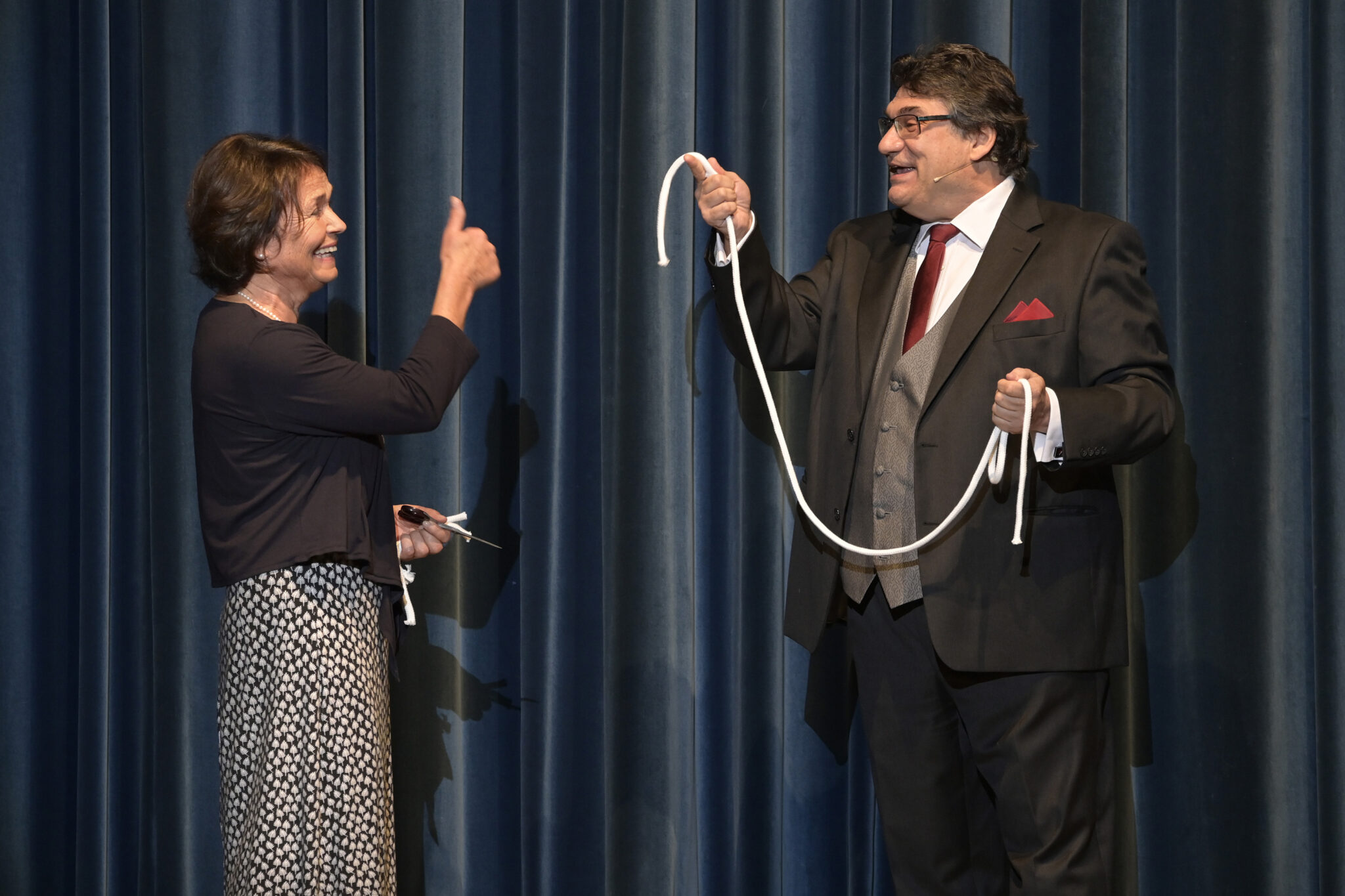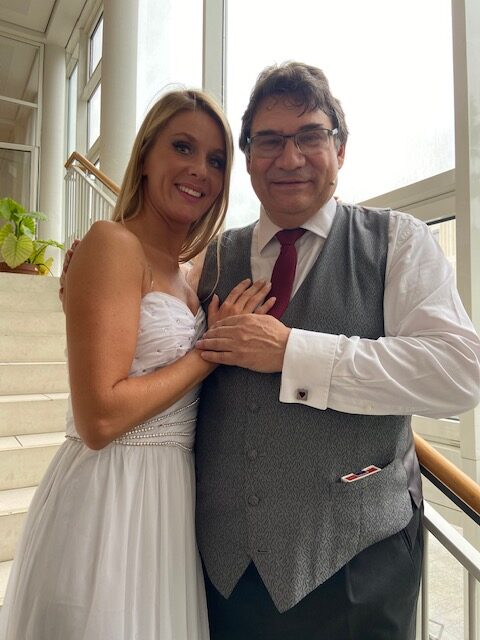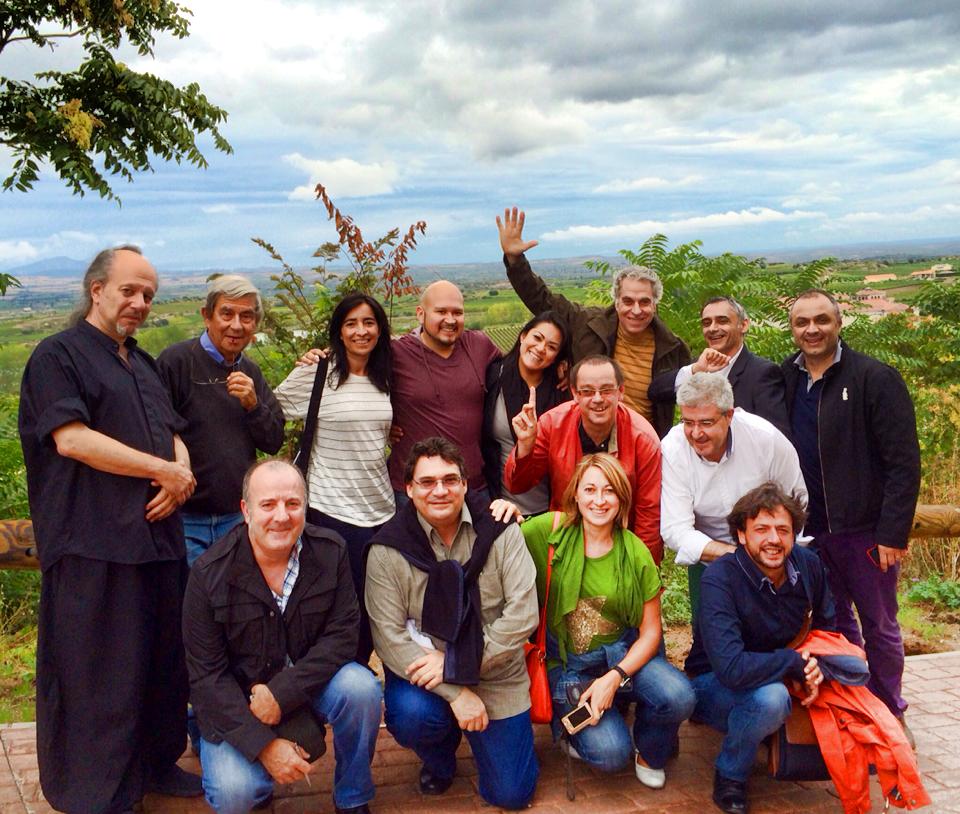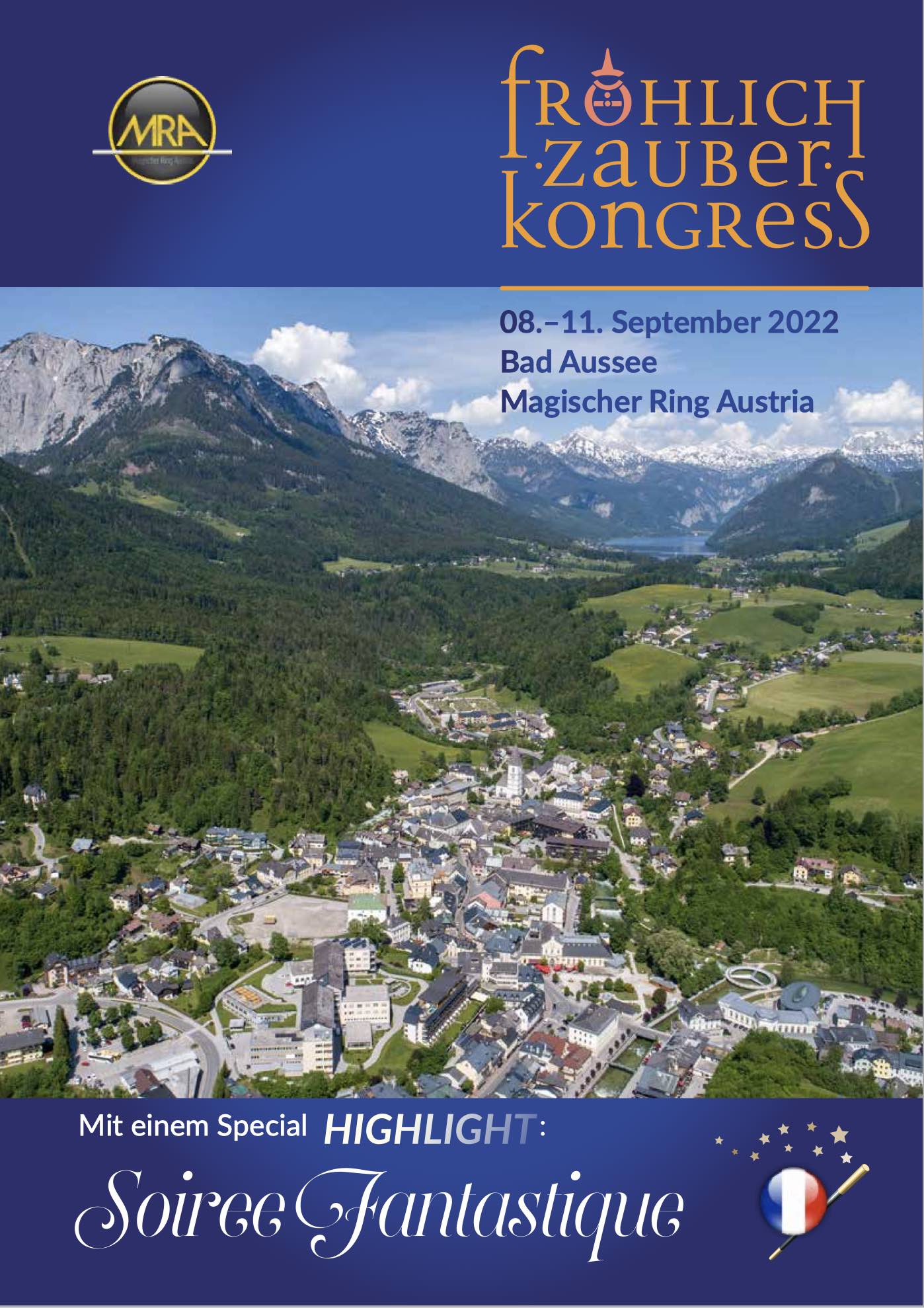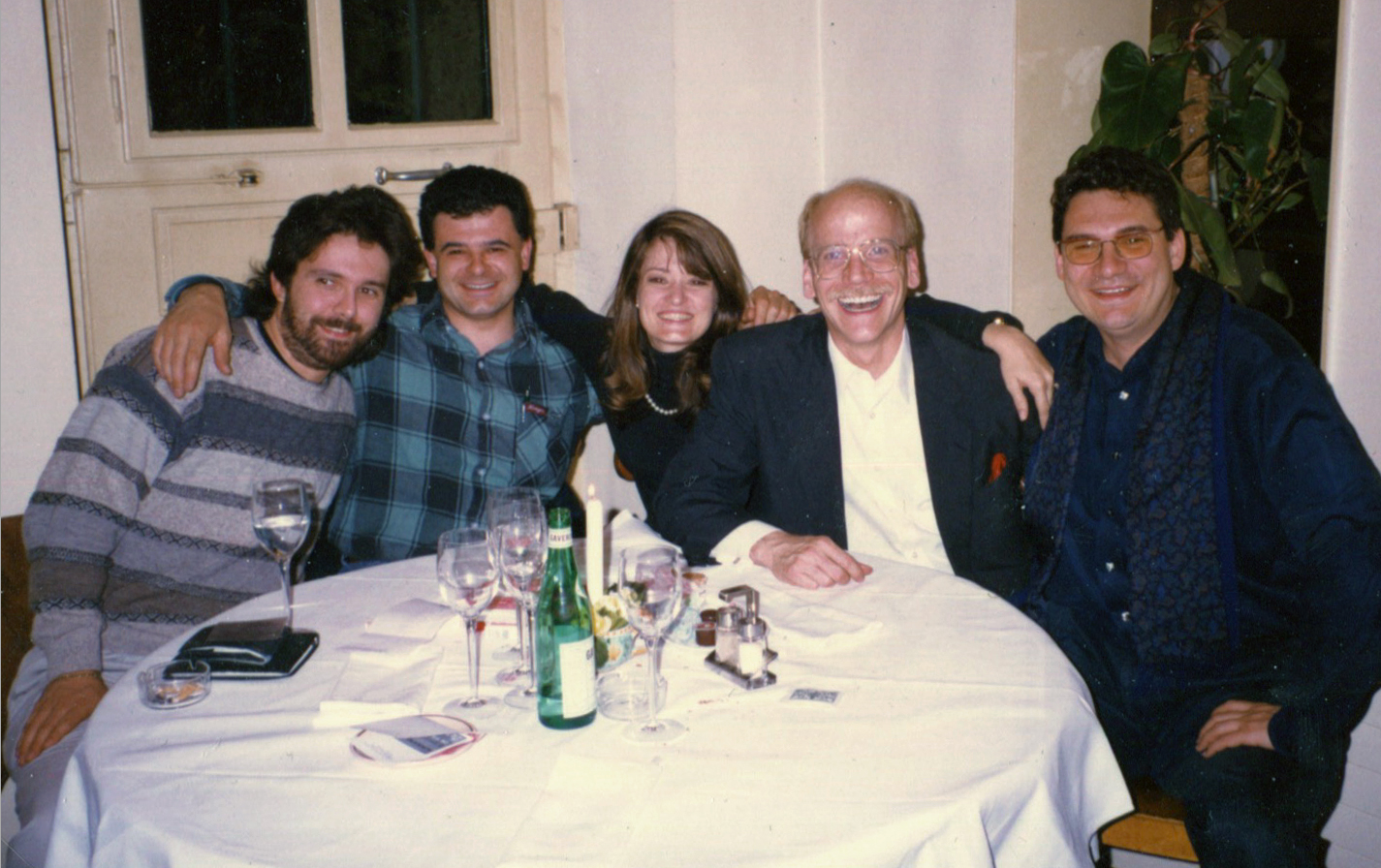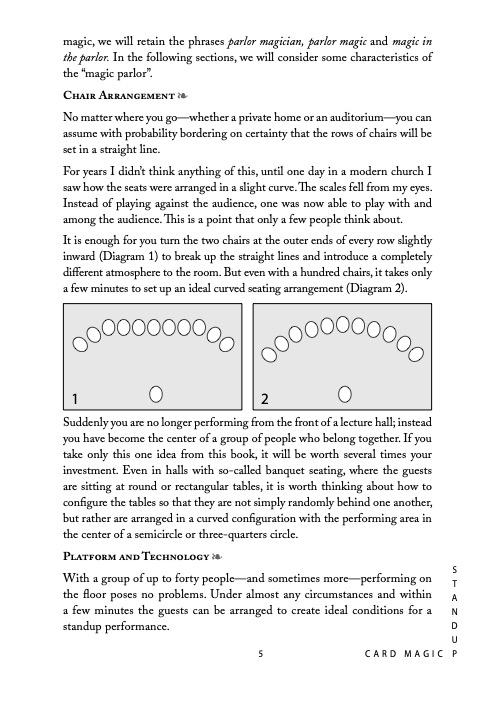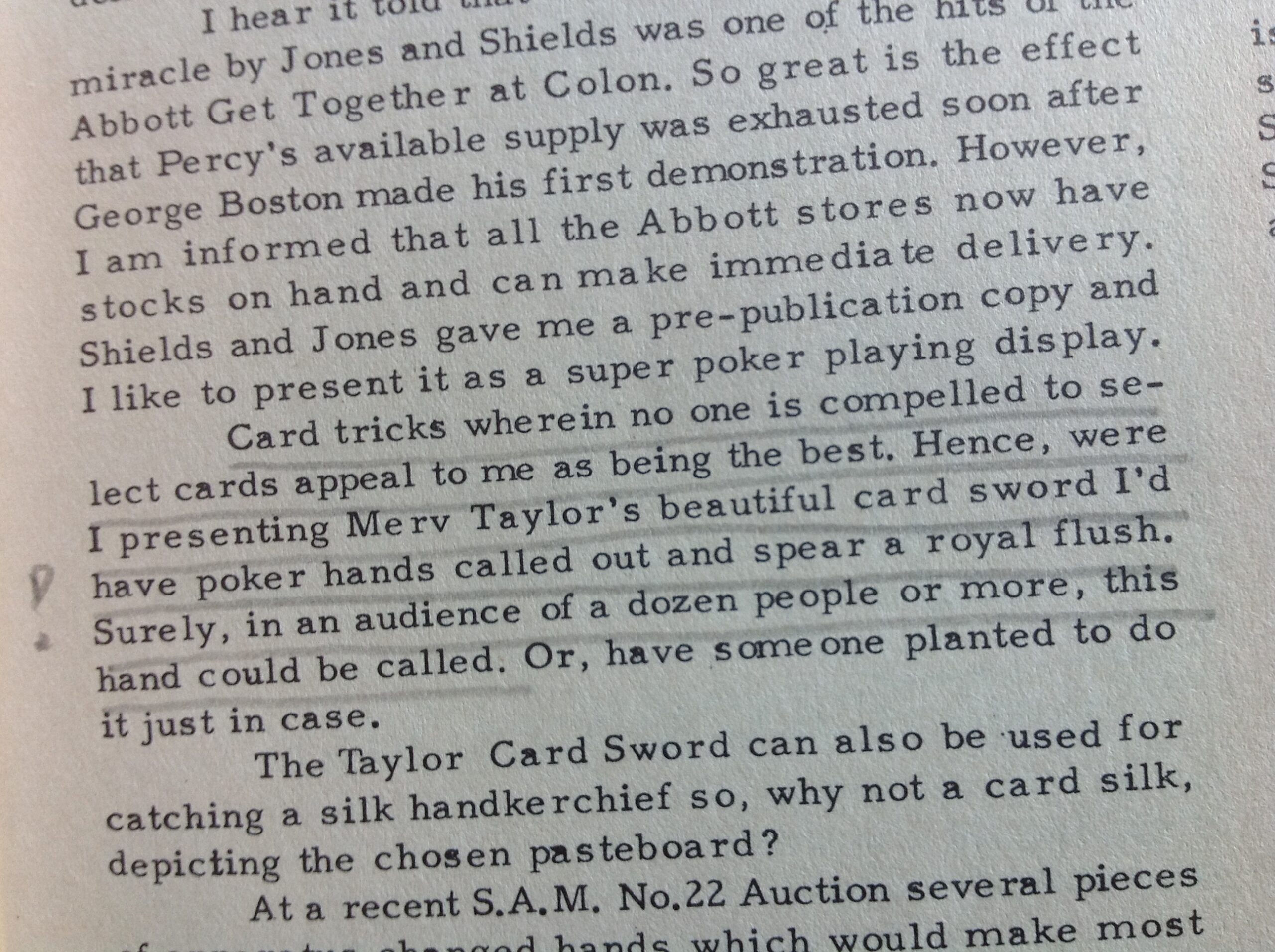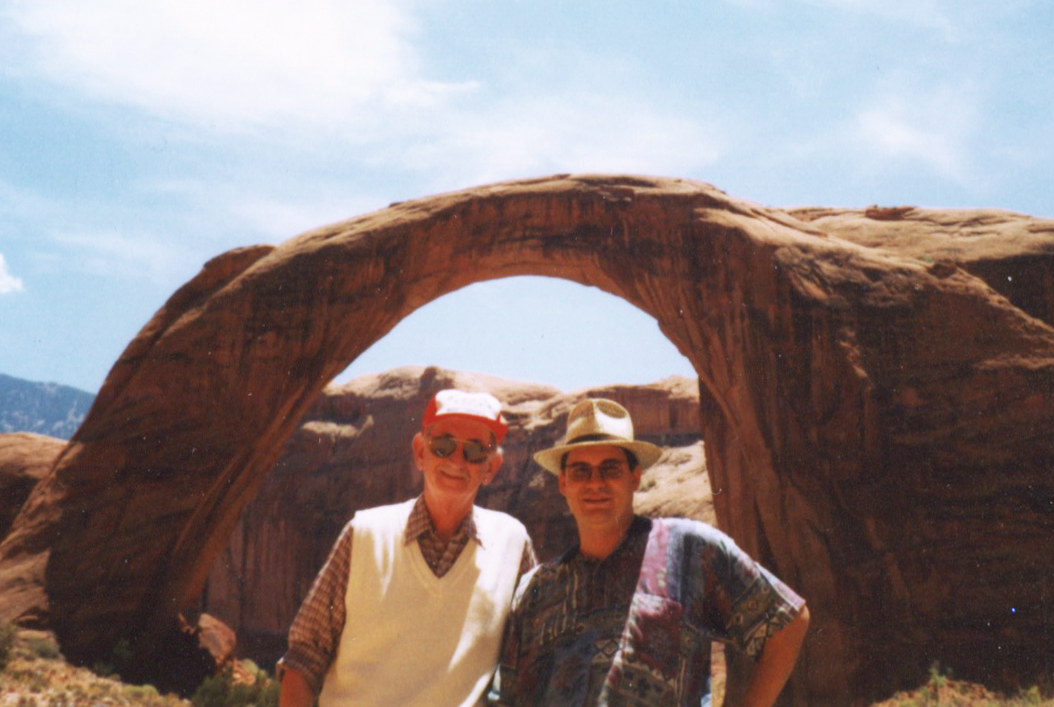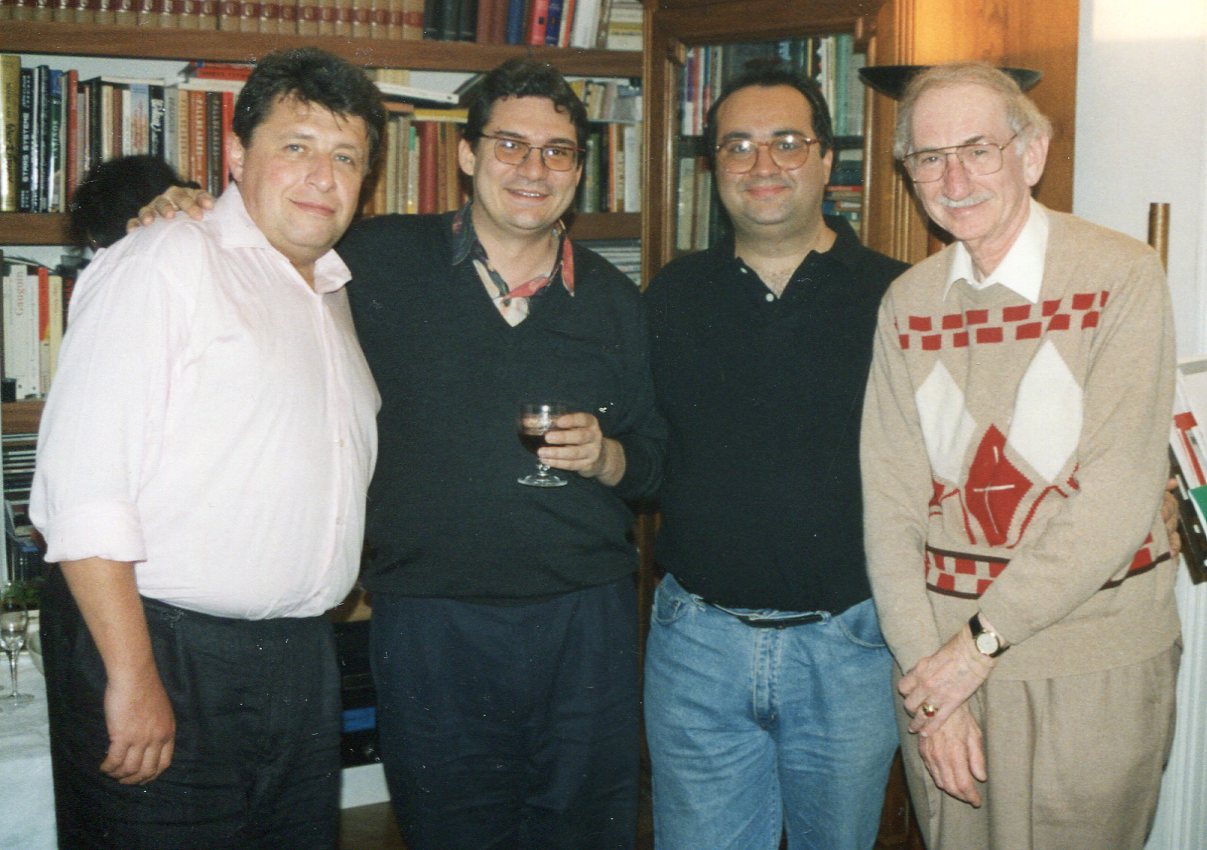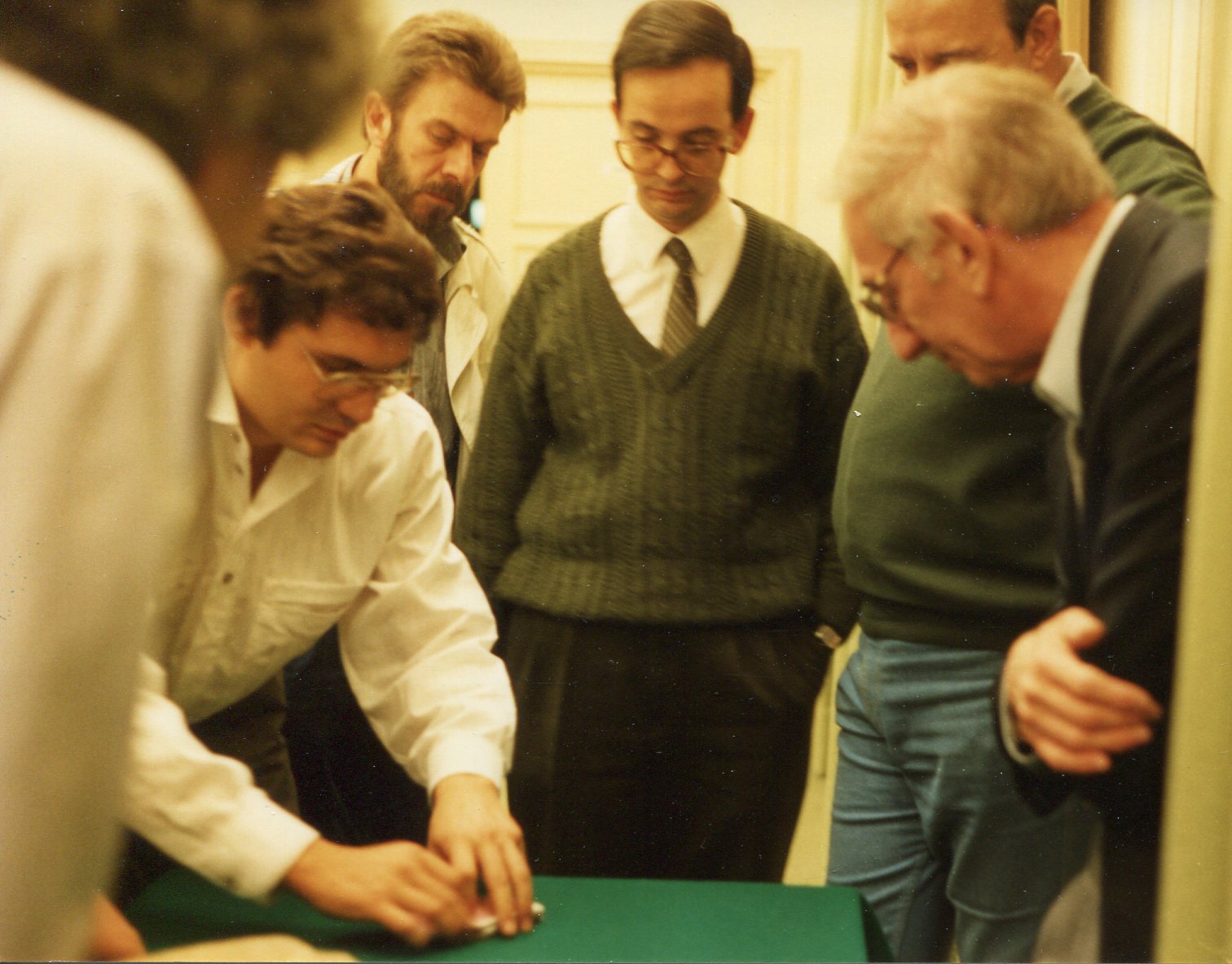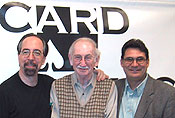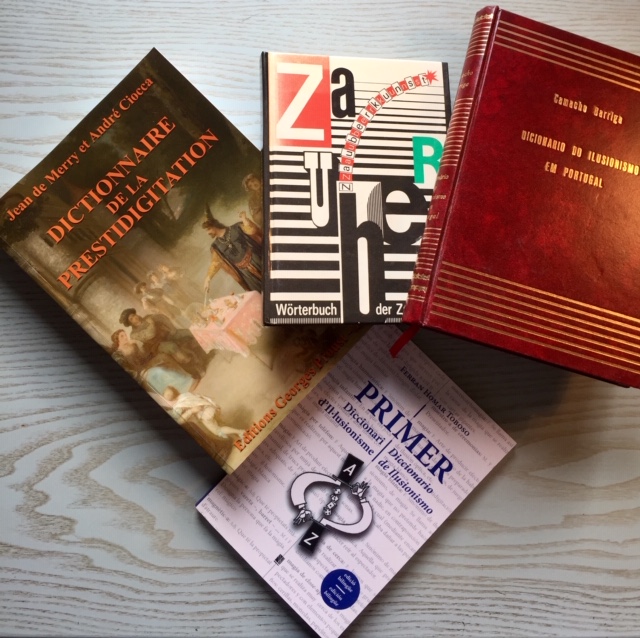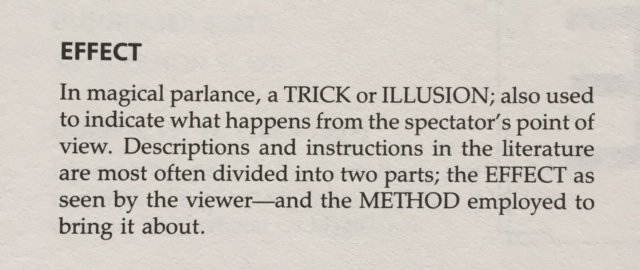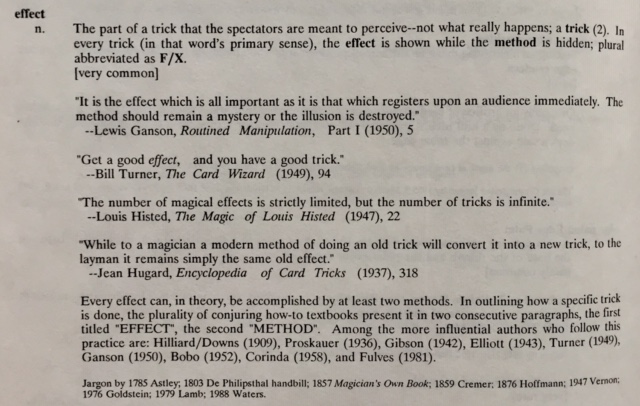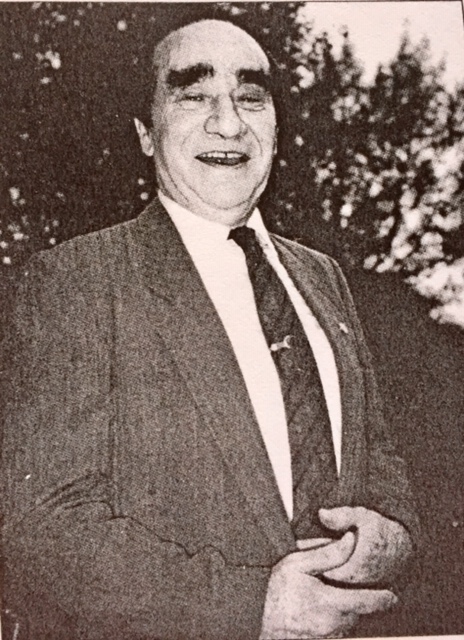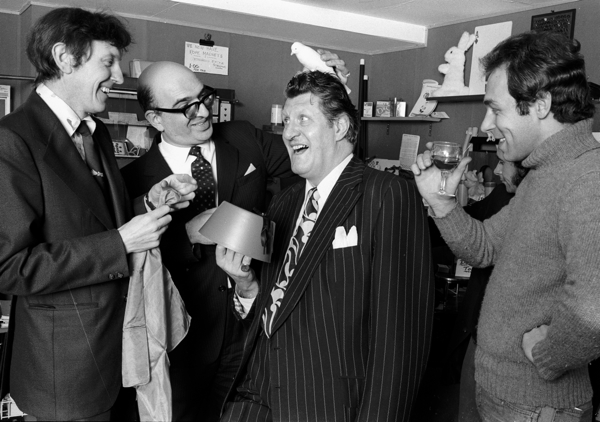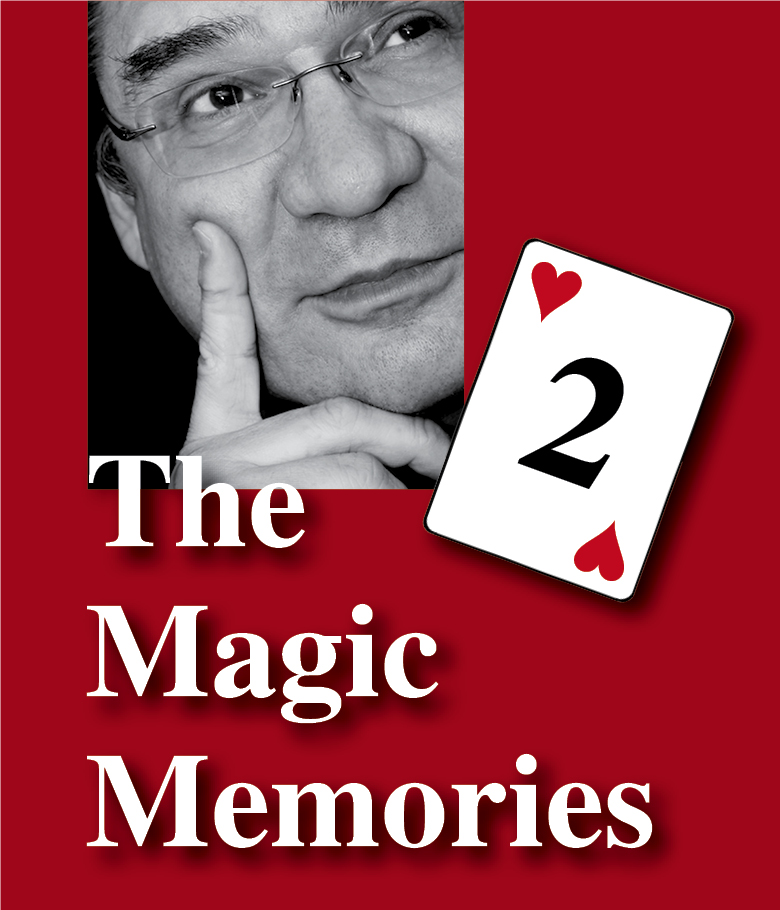
Hello everyone!
Today’s topics are: Paris, Paris, Paris; Simplex Force; Robert-Houdin’s (Partagas) “Card at Number From Pocket”.
These are The Magic Memories 94, gone online Sunday, October 16th, 2022, at 0:07h sharp.
Paris, Paris, Paris
I’m just back from three days in Paris, after a forced absence (Corona!) of three years!
From Basel, Switzerland, I can reach Paris with the fast train TGV in three hours: If I leave at 08:30 I’m at the first meeting with a magician friend at 12:30 – needless to say that such meetings take place in a good restaurant!
Paris is my favorite city. Certainly, Barcelona, Florence, London, Madrid, New York, San Francisco, Torino, Vienna, Rome are unique, too, and much appreciated, and I have great friends there, which is the best reason to visit. But Paris, well, is “special”…
Today’s Magic Memories is an attempt at explaining why this is so, with the aid of my latest magical adventures:
Magic in Paris
There is no other city I have given so many (different!) lectures, workshops, masterclasses and performances, at least once a year in the past thirty plus years.
This is due to Paris having so many different magic clubs, associations and groups. Years ago I joked about having to go to Paris for four days in order to visit four magic friends: I know no other city with so many talented magicians, who do not get along with each other; at least when I was young this was the case. Quite the contrary to Madrid, where everyone was meeting with everyone and sharing their magic. I maintain that this is the reason why in Spain in general, and in Madrid in particular, there is arguably the highest level in close-up magic, especially card magic. And Juan Tamariz was the start of it all, but that’s another conversation.
I’m reminded of when I visited Vienna years ago for the German Cardworkshop, the pendant to the Escorial Card Conference which in that year exceptionally took place in Vienna at Magic Christian’s amazing magic club, located in the basement of his even more amazing home.
Anyway, I was walking through the streets and, surprise, surprise, meet Gary Kurtz, who said he was in Vienna to lecture.
Roberto, “How long will you be staying?”
Gary, “Five days.”
Roberto, “Oh, you do one lecture and stay five days?”
Gary, “No, I do five lectures, for five different clubs, one on each day!”
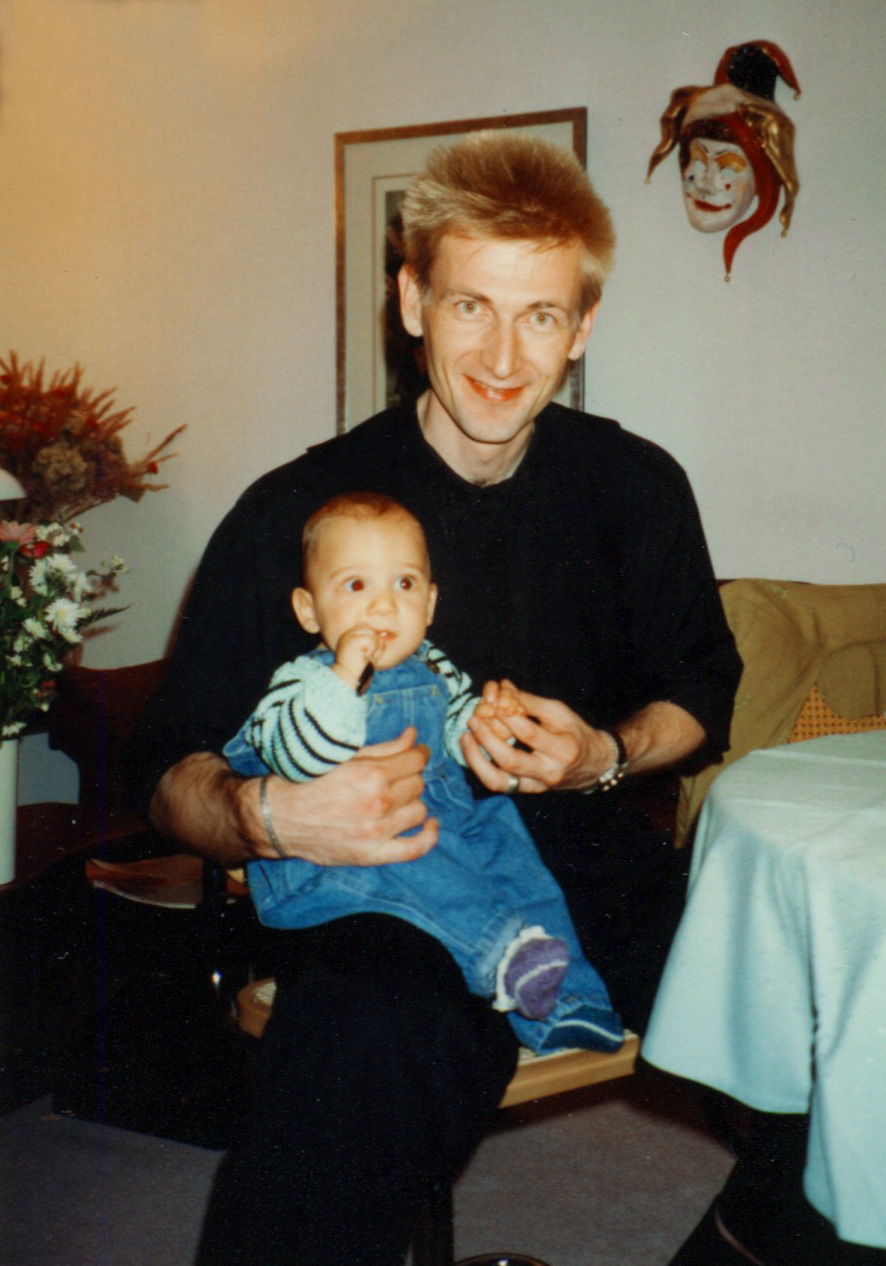
Yves Carbonnier
Yves has been a friend for decades, and he’s another reason for my frequent visits to Paris, as on several occasions he’s been organizing or at least facilitating my lectures, workshops etc.
In the documentary The Secret World of Magic you can see him along with several others from the Parisian magic scene (Georges Proust, Bebel).
BTW: The documentary also features a few scenes recorded at the playing card museum “Musée de la carte à jouer” in Issy-les-Moulineaux, which is just a few minutes from the last stop of “Mairie d’Issy”, the southern terminus of Line 12 of the Paris Métro.
I’ve been to several playing card museums, and I find this one to be the best, not only for the quality and quantity of the exhibits, but also for the architecture of the building, and above all for the didactical concept that enables the visitors to relate to the exhibits. Didactics is, in my opinion, the ultimate challenge for every museum, especially those that expose objects that are not immediately self-explanatory. This is certainly the case with playing cards and their history. It is worth visiting even for people who have absolutely no affinity for playing cards (such as your spouse, maybe), but I promise they will be delighted. Especially if you take them to a Parisian restaurant afterwards, which is very well possible, as the museum opens at 10, the visit can be completed in ca. 90 minutes (don’t forget to leave 20 minutes for the museum shop, small but interesting).
Two years ago Ludo Mignon and his “Marchand de Trucs” released Grand Livre de Cartomagie with Yves’ card magic that certainly deserves to be translated into English, and I wrote the foreword 🙂
Well, Yves is also quite a chef, and if he had a restaurant it would be on the Guide Michelin’s list for sure. Every time I come to Paris Yves invites me along with two or three other magician guests to his home where we celebrate the three most important things in life: Friendship (stands for love and respect), Magic (stands for finding your talent, refining its and then sharing it), and Gastronomy (stands for the environment and the universe).
Through the years I have shared these culinary-magical happenings with some of the most interesting people in Magic, such as Bernard Bilis, Jean-Jacques Sanvert, Abdul Alafrez, Georges Proust, Jacques Tandeau, Yann Frisch, Arnaud Mattern and so many more.
On my most recent visit Yves invites two young magicians, Arthur Chavaudret and Cyrille Savelief. The photo below shows us in Yves’ kitchen.
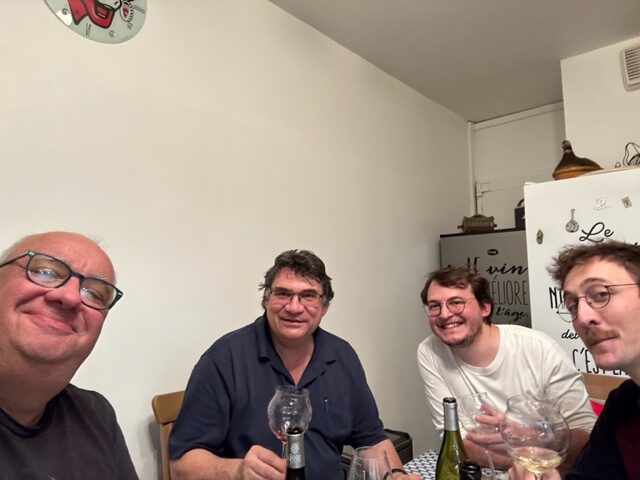
This brings to mind one of my favorite books that I also recommend at the end of the theory chapters in Card College 2, in English simply titled Hitchcock/Truffaut (1966), in the French original Le Cinéma selon Hitchcock (in German Mr. Hitchcock, wie haben Sie das gemacht?), where French director François Truffaut conducts a lengthy interview with the master od suspense, and where they discuss fifty of Hitchcock’s films in chronological order. At some point Hitchcock mentions that when his wife and he invited guests for dinner, the VIPs had to sit in the elegant dining room, but the good friends get to eat in the kitchen!
Arthur has some remarkable ideas, and he’s already well-know in his own country, but I predict an international career for this exceptionally talented young man. He handles cards and coins with equal virtuosity, and he did one of the best coin assemblies I’ve ever seen. I want to go back to Paris to catch his show which he tells me has some incredible effects – he showed me some video clips and it certainly did look incredible (the effect and the method).
As a teaser you can see Arthur do a lovely coin vanish – CLICK HERE.
Bernard Bilis
Bernard and I have known each other for over four decades now, and this paragraph cannot do justice neither to his genius in magic nor to our friendship.
I met him for the first time when I was around twenty and spent three weeks in Paris for my language studies. We met at Guy Lore’s magic shop, and he invited me to my first “Fondue Bourguignonne” (look it up in Wiki), with lots of magic into the wee hours, naturellement!
Over the years, we’ve met regularly, and each time he surprises me with never ending original creations. He certainly belongs to the top cardmen in the world, with an extraordinary technical virtuosity, but also with fooling original methods and effects. If you enter his name into YouTube you’ll be spoilt for choice, especially his appearances on the legendary Saturday evening TV show “Le Plus Grand Cabaret du Monde”, which he did several hundred times!
There are a few booklets of his work, e.g., Close-up French Style, and a Penguin Live Video Lecture, in English. If you read and understand French you can get one of his many DVDs for beginners and advanced cardicians. Be ready for some real knuckle-busters and mostly elaborate routines, but all quite brilliant.
The good news is that there will soon be a huge book documenting his work, written by Jean-Jacques Sanvert, edited by Darwin Ortiz, and published as soon as he gets around to do the extra almost eight hundred photos that are still missing… As a book author and publisher myself I know how hard this is, how much time and money it takes, and how relatively little the reward is, with very few exceptions, ask Steve Forte 🙂
Bernard is also a superb patissier who took courses with Conticini, one of the world’s premier exponents of sweets. On our recent meeting he made some delicious Canelés, a specialty from Bordeaux, which found my deepest appreciation…
We spent a morning and afternoon together, with a firework of his latest creations, and I’m so glad to see that after all these years he’s been into magic, with great commercial and public success, he is still as enthusiastic as a teenager!
Bernard and I also share gastronomy as a passion – how else – so had a great “Aligot“, a specialty from Auvergne, lamb, and a “Baba au rhum” to knock you out of your socks.
Below you can see us sitting outside of the restaurant (they kicked us out but said we could stay as long as we wanted on their terrace), after smoking a cigar, and still picking cards – notice Bernard uses my Card College Playing Cards 🙂
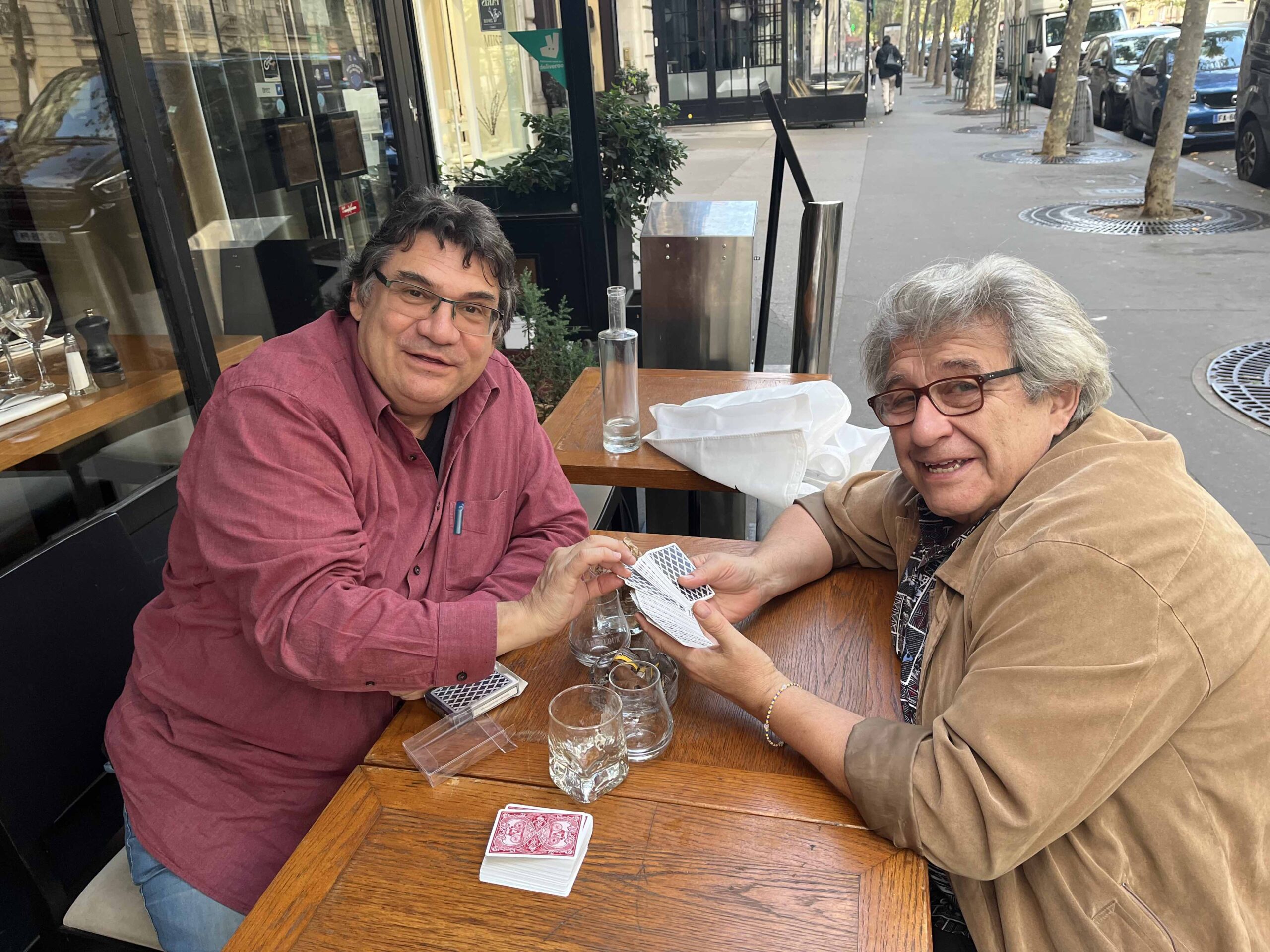
So many more things to tell, but we’ll have to leave it at that… my four hours I can devote to the pleasing task of writing this blog are over… and I need to reread it all… and as always I beg your indulgence for any typos, clumsy wordings etc. – it’s a labor of love.
Simplex Robert-Houdin (Partagas)
To round off the “Parisian Tales”(part of it…) I’d like to offer a very simple piece that harbors some interesting thoughts.
First, I found it in a German magic book for children by Martin Michalski. The forcing technique, and the subsequent control, are of greatest simplicity, but I believe that it will fool most members of a magic club… and the work is minimal.
This will be especially convincing if you can do difficult sleight-of-hand: You’ll find you’ll pull this off with great conviction, confirming the adage that “the simple is the privilege of the Masters”.
Notice the subsequent effect that comes directly from Robert-Houdin’s landmark book Comment on devient sorcier (ha, this is the connection to Paris!); It’s the first card trick in the book explained on p. 195 of the original French edition, titled “La clairvoyance du toucher”, which has later been copied (among others!) by Joaquin Partagas and published in his also landmark book (for Spain) El prestidigitator optimus (1900). For many years I thought the trick was original with Partagas, and it inspired me for a trick and deck switch, until Yves pointed out to me that the trick is already in Robert-Houdin’s book from 1868!
Simplex Shuffle Force The card to be forced is on the bottom of the deck. Perform a Riffle Shuffle in the Air, retaining bottom card. Follow with an Injog Shuffle, cutting at the break to the table. The force card is still on the bottom. With the right hand pick up the tabled deck, turn your head away, and tell the audience to remember the card that the hazard of the shuffle has brought to the bottom. (Michalski, Hexerei mit Karten, “Die wievielte Karte soll es sein?”, p. 31).
Continue by another set of shuffles, simply retaining the bottom card at the bottom. Why not? That’s a lovely “control”, and similar to the McMillen Control (see Confidences or the Card Magic Masterclass video on Controls).
To do Robert-Houdin’s trick, place the deck in the pocket, have a number called out (x), take x-1 cards from the pocket, dropping them on the table, and then produce the selection at the number named.
To make this even more baffling apply exactly the same strategy discussed in last week’s The Magic Memories (93) as used in the trick explained there “Stop Trick With Back-palm”.
And obviously the whole thing can be made into a deck switch (see The Art of Switching Decks); I thought I had invented this, but Al Baker was first 🙂

Wish everyone an excellent week!
All the best,
Roberto Giobbi
